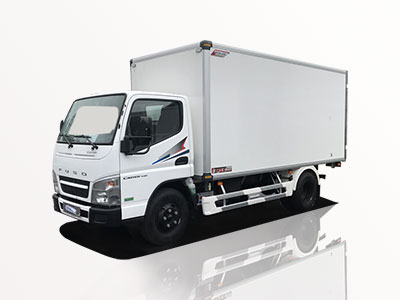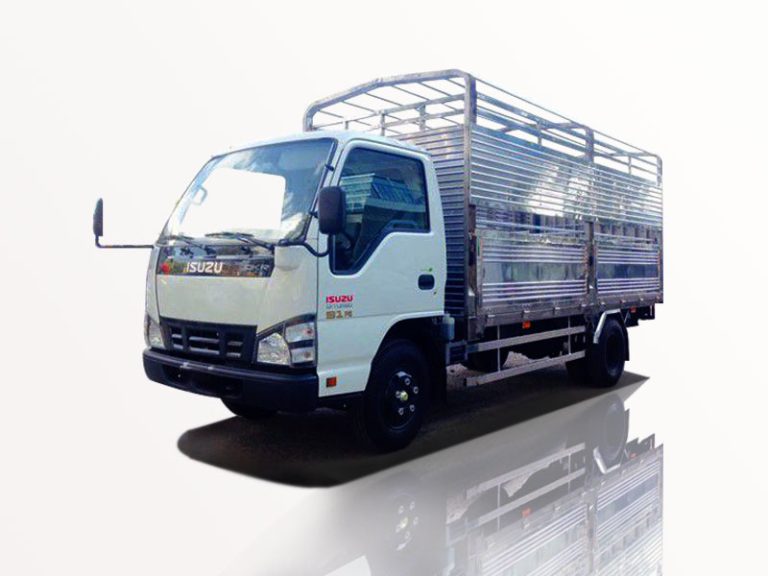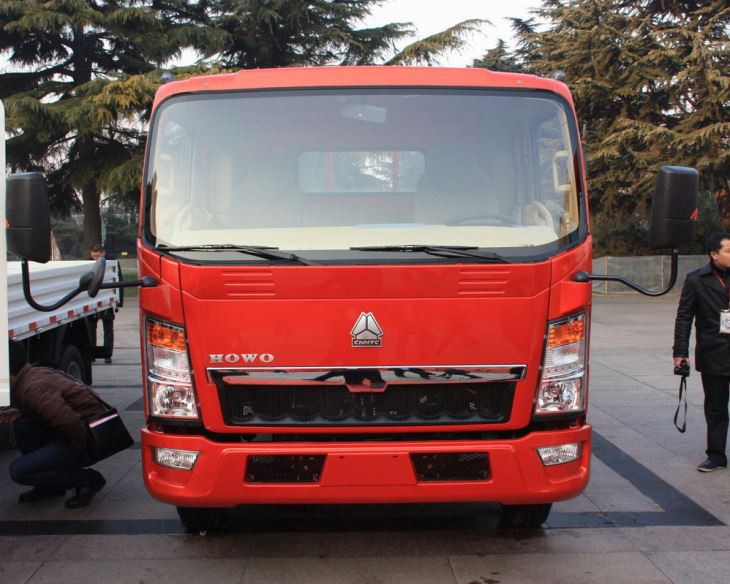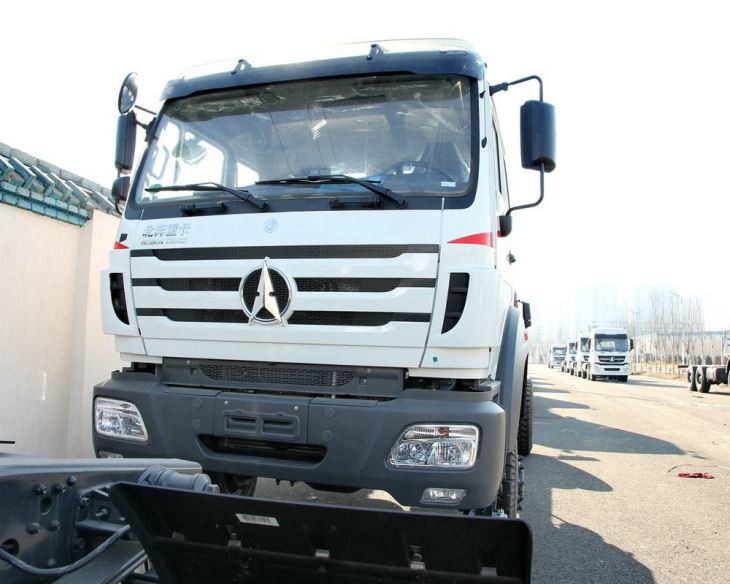Front loaders play an essential role in the construction and landscaping industries, acting as versatile equipment for moving material like soil, gravel, and waste. If you’re considering purchasing a front loader, it’s crucial to understand the various factors that influence cost, the options available, and how to choose the right one for your needs. This article will break down everything you need to know about front loader costs, including price ranges, brand comparisons, and tips to get the best value for your investment.
Understanding Front Loaders
A front loader, commonly referred to as a front-end loader, is a heavy piece of machinery equipped with a wide bucket at its front end. This equipment is used extensively in construction sites and farms for tasks such as loading, unloading, and transporting materials. The versatility of front loaders makes them an asset for various industries, including agriculture and waste management.
Types of Front Loaders
Before diving into costs, it’s essential to know the different types of front loaders available:
1. Wheel Loaders
These are the most common types of front loaders, characterized by their rubber tires. They are suitable for a variety of surfaces and are excellent for mobility.
2. Track Loaders
Featuring tracks instead of wheels, track loaders are ideal for rugged terrains. Their design reduces ground pressure, making them excellent for soft or uneven surfaces.
3. Skid Steer Loaders
Skid loaders are smaller and highly maneuverable. They come with various attachments to perform different tasks, from digging to lifting.
Factors That Influence Front Loader Costs
The cost of a front loader can vary widely depending on several factors. Understanding these factors can help you make an informed purchase decision.
1. Size and Capacity
The size and capacity of a front loader significantly impact its cost. Generally, larger loaders with higher lifting capacities will be more expensive. Here’s a brief breakdown:
| Size | Approximate Cost Range |
|---|---|
| Small (1-2 tons) | $20,000 – $40,000 |
| Medium (2-4 tons) | $40,000 – $70,000 |
| Large (4+ tons) | $70,000 – $150,000+ |
2. Brand
Different manufacturers offer various features and warranties, influencing cost. Some popular brands include:
- Caterpillar
- John Deere
- Case
- Komatsu
- Bobcat
The reputation and reliability of the brand can affect resale value as well.
3. New vs. Used
Buying a new front loader generally comes with a higher upfront cost but may offer benefits like warranties and the latest technology. In contrast, a used front loader can provide substantial savings but may require more maintenance. Here are some typical price ranges:
| Condition | Approximate Cost Range |
|---|---|
| New | $20,000 – $150,000+ |
| Used (1-5 years old) | $10,000 – $100,000 |
4. Features and Attachments
Front loaders come with various attachments (forks, buckets, grapples) that enhance their functionality. The inclusion of specialized attachments can raise the overall cost considerably.
5. Location and Market Demand
The cost of front loaders can differ based on geographic location and local market conditions. Rural areas may have less competition, which can influence pricing. Additionally, seasonal demand can impact costs significantly.
Comprehensive Cost Analysis by Model
Let’s delve into specific models and their respective costs, which can help you in making a decision.
Caterpillar (CAT) 936M
The Caterpillar 936M is a popular option for those seeking a reliable wheel loader. Here are its features and costs:
| Feature | Description |
|---|---|
| Engine Power | 150 HP |
| Bucket Capacity | 2.5 cubic yards |
| Approx. Cost | $85,000 – $100,000 |
John Deere 624L
The John Deere 624L is another well-regarded wheel loader. Its pricing and features include:
| Feature | Description |
|---|---|
| Engine Power | 150 HP |
| Bucket Capacity | 2.6 cubic yards |
| Approx. Cost | $75,000 – $90,000 |
Bobcat S650 Skid-Steer Loader
This compact loader is suitable for tight spaces and multiple attachments:
| Feature | Description |
|---|---|
| Engine Power | 74 HP |
| Bucket Capacity | 1.25 cubic yards |
| Approx. Cost | $40,000 – $50,000 |
Financing Options for Front Loaders
Given the high cost of front loaders, financing may be necessary. Here are some common financing options:
1. Loans
Many banks and credit unions offer equipment loans specifically for purchasing heavy machinery. Typically, the terms range from 2 to 7 years.
2. Leasing
Leasing a front loader can be a cost-effective way to use the machine without the full upfront cost. Monthly payments are generally lower than loan payments.
3. Dealer Financing
Dealers often provide financing options which may include promotional rates or extended terms, making it easier to acquire a front loader.
Tips for Buying a Front Loader
Here are some practical tips to consider when buying a front loader:
1. Assess Your Needs
Determine the weight and volume of materials you will be moving. This will help you choose the right size and capacity.
2. Research Brands
Look at reviews and brand reputation. Some brands offer better resale values than others, impacting long-term expenses.
3. Test Drive
If possible, test drive multiple models to feel the operation and comfort level of each. Pay attention to visibility and maneuverability.
4. Factor in Maintenance Costs
Consider ongoing maintenance and repair costs when budgeting for your loader, as this can save you money down the line.
5. Shop Around
Get quotes from various dealers to compare prices and financing options. You might find significant variations that could save you money.
Frequently Asked Questions (FAQs)
1. What is the average cost of a front loader?
The average cost typically ranges from $20,000 for small models up to $150,000 or more for large, specialized units.
2. Are used front loaders reliable?
Used front loaders can be reliable, especially if they have a good maintenance history. It’s essential to inspect for wear and tear before purchasing.
3. How much should I expect to pay for maintenance?
Maintenance costs can vary but budget approximately 5-10% of the loader’s purchase price annually for upkeep.
4. Can I lease a front loader instead of buying one?
Yes, leasing can be a cost-effective alternative to purchasing, especially for businesses that need equipment for short to medium terms.
5. What features should I look for in a front loader?
Look for features like a powerful engine, compatibility with various attachments, visibility, and ease of operation when selecting a front loader.
6. How do financing options affect the overall cost?
Choosing the right financing option can reduce upfront costs and smooth cash flow. However, interest rates and terms can significantly affect the total amount paid over time.



